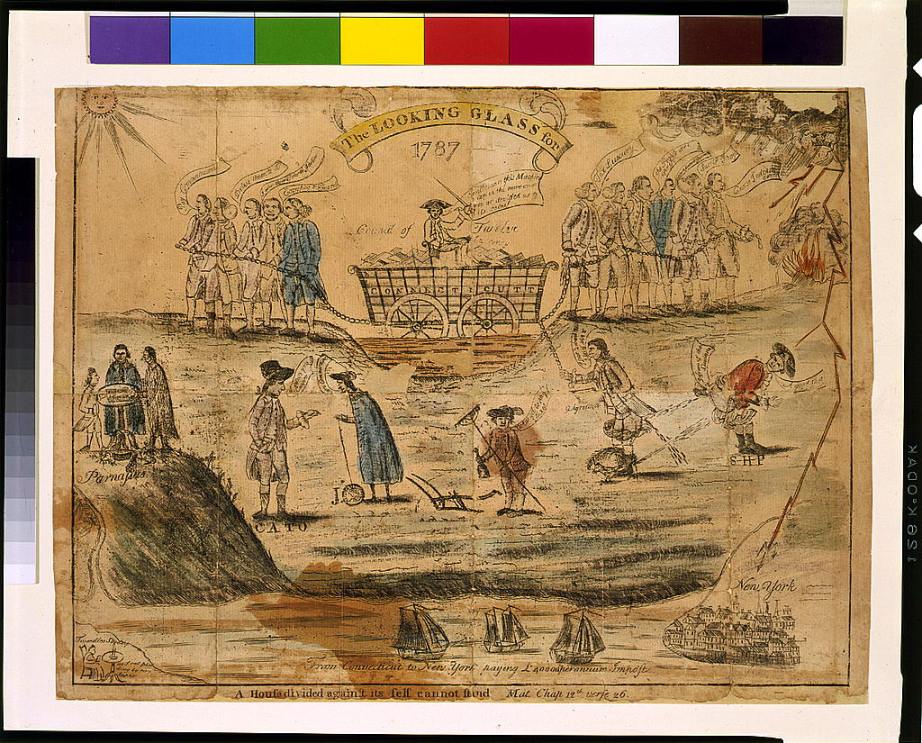By John Morrison
Though approved at a renegade convention on September 17, 1787, the US Constitution would not become “the supreme law of the land” unless 9 of the 13 states ratified the document. This was not assured, as few thought the US Constitution was a perfect document. An aging Ben Franklin wrote, “I consent, Sir, to this Constitution because I expect no better.” Franklin feared rejection of the US Constitution by state legislatures unwilling to share power with the federal government. To take the matter out of the hands of slighted state legislators, Federalists, who endorsed acceptance of the new constitution, instituted a ratification process that utilized state conventions to better represent the populace by allowing representatives chosen by people to debate and decide the merits of the document.
On October 19 the Connecticut Assembly decreed the election of ratifying delegates (elected at town meetings throughout the state) on November 12. The decree then called for the chosen representatives to meet in Hartford at the state convention. Following ratification in Delaware, Pennsylvania, New Jersey, and Georgia, Federalists looked to Connecticut for the fifth ratification vote, to push the cause over the halfway point. With the US Constitution only possible due to the Connecticut Compromise, rejection by Connecticut seemed unlikely. When those responsible for the Connecticut Compromise—Oliver Ellsworth from Windsor, William Samuel Johnson of Stratford, and Roger Sherman from New Haven—returned to Hartford to personally implore the state delegates to ratify the document, the result seemed assured.
Connecticut Ratifies the US Constitution
On January 9, 1788, Connecticut ratified the US Constitution by a vote of 128-40. After Massachusetts did the same a month later, The Federalist Papers (a series of essays published in New York newspapers in 1787 and 1788 for the purpose of rallying support for ratification) began to convert doubters. Maryland and South Carolina were next to approve, which set the stage for New Hampshire to become the ninth and deciding state to ratify the US Constitution (on June 21, 1788).
The process continued in the hope for unanimous ratification. Even if they did not obtain unanimity, Federalists certainly thought approval by New York and Virginia gave the document further credibility. Eventually, North Carolina and Rhode Island joined the others, even if the latter waited until the year after President George Washington took office.
John Morrison, who teaches US History at Moran Middle School in Wallingford, is a participant in the Teaching American History program of the US Department of Education and a Civil War re-enactor with Company F 14th Connecticut Volunteer Regiment; he holds a BA from New England College as well as an MA and Sixth Year Professional Diploma from Southern Connecticut State University.









